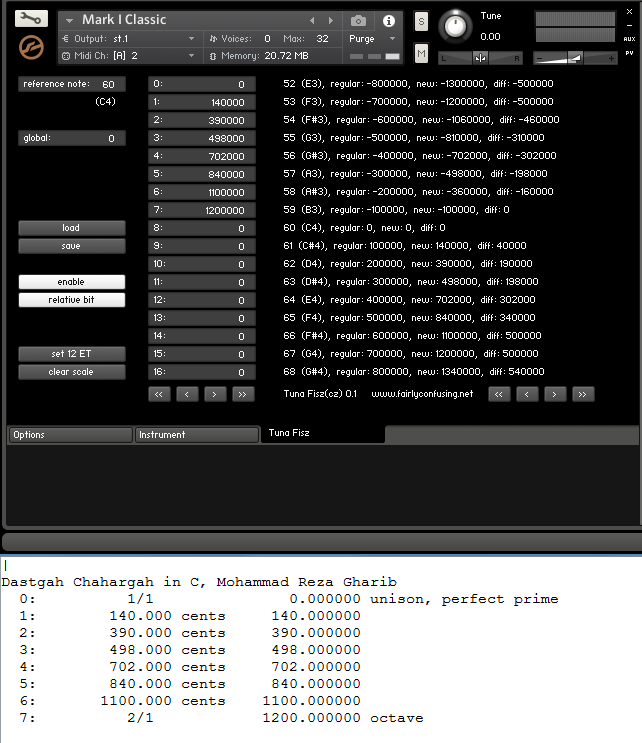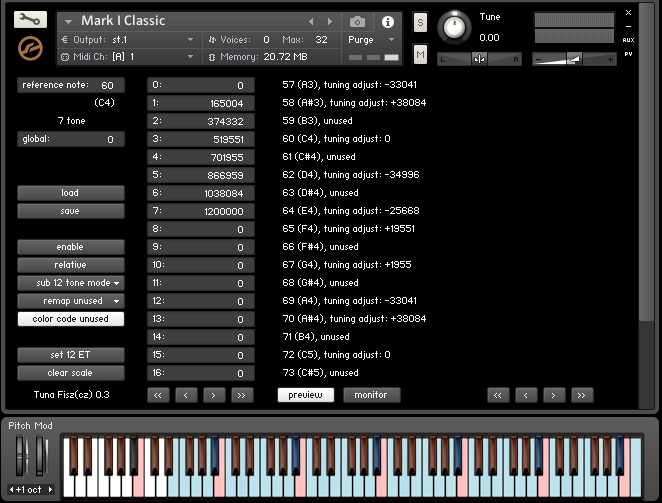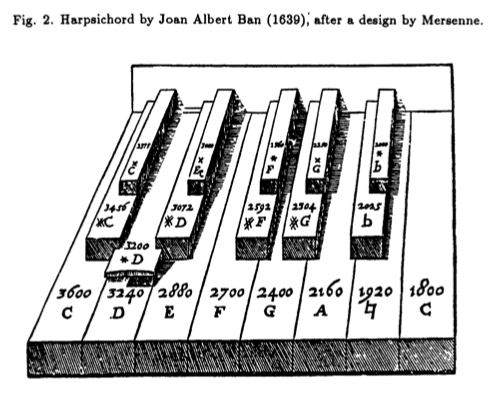7 tone scale example:

linky (preset file, goes to Kontakt/presets/scripts):
http://www.fairlyconfusing.net/docs/tuna_fisz.rar
It requires Kontakt 5.5. There's still some typing-in / copy-paste to do to enter data, but once it's in, it can be saved in nka format.







